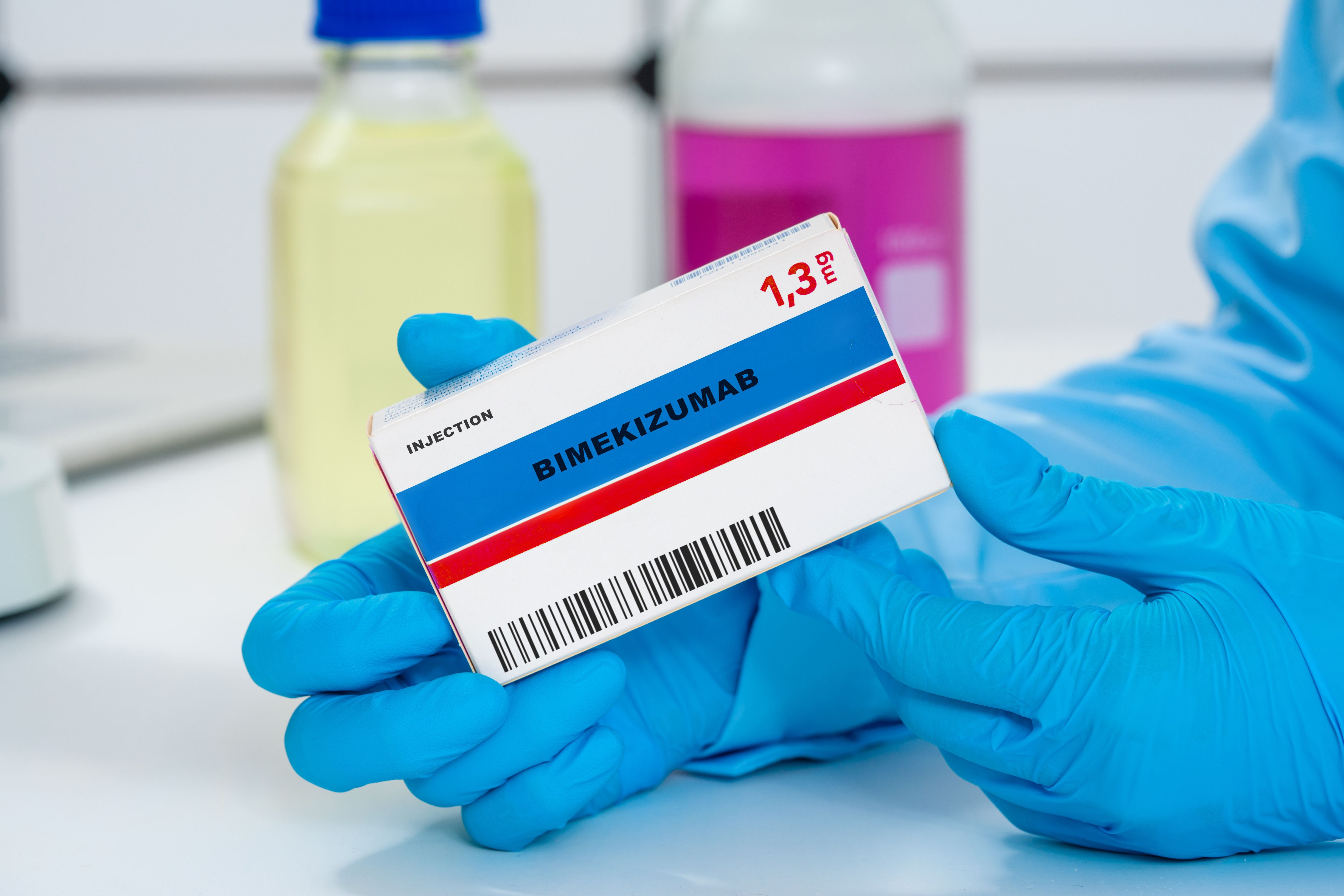Article
Defective Stem Cell Behavior Linked to Psoriasis
Author(s):
More treatments are needed for the 100 million individuals worldwide affected by psoriasis. Researchers from Brigham and Women's Hospital and the Harvard Stem Cell Institute have discovered a possible source of the skin thickening that may be triggered by dysregulated stem cells.
Researchers from Brigham and Women's Hospital and the Harvard Stem Cell Institute have discovered a possible source of the skin thickening in psoriasis, which could lead to new strategies for developing treatments for the condition.
Results were published this week in the Journal of Investigative Dermatology.
Psoriasis, characterized by red, thickened skin covered with scales, eventually causes painful, deformed joints and inflammation in about a third of those with the condition. While new therapies have brought relief for patients in recent years, the underlying causes remains unclear. It is believed to be tied to immune system problems that can be aggravated by stress, smoking, heavy alcohol consumption, skin infections, or vitamin D deficiency.
More people are developing psoriasis. The number of cases per 100,000 people grew from about 50 in the 1970s to more than 100 by the late 1990s. Today, psoriasis affects 100 million individuals worldwide and costs the United States more than $10 billion annually.
"Psoriasis places social and psychological stress on patients and is associated with risk of diabetes, cardiovascular disease and more. While steroids and biologics can be prescribed, we don't have a cure because we haven't understood the cause," co-senior author George Murphy, MD, director of the Program in Dermatopathology in the Department of Pathology at the Brigham, said in a statement. "Our initial finding that skin thickening in psoriasis is due to build-up of dysregulated stem cells and their progeny are exciting because it represents a new way of thinking about an old and significant skin disease."
To gain insights into why skin stem cells go awry, the team focused on the epigenome, the wrapping that causes DNA methylation and directs gene behavior.
"Without understanding the mechanism underlying a disease, it's hard to find effective treatments," said co-senior author Christine Lian, MD, a dermatopathologist in the Department of Pathology at the Brigham. "The question we decided to pursue was: Is there an epigenetic abnormality in psoriasis that may explain why stem cells are misbehaving?"
The research team uncovered a defect in the epigenetic covering that resulted in the loss of a DNA methylation hydroxymethylation mark. Also called loss of 5-hmC, this defect could be seen in cells in psoriasis patients but not other thickened skin cells, such as those in callous. Using a mouse model, the team replicated the psoriasis defect and found that it had effects on genes that controlled other skin cell functions.
Lian and Murphy have previously shown that 5-hmC loss in the skin epigenome can be reprogrammed using basic agents like vitamin C (ascorbic acid). Thus, they believe that correcting this epigenomic defect in psoriasis might halt the downstream signals on other genes. After testing this theory in lab experiments, the team presented preliminary data that suggest 5-hmC levels can be restored to correct the deficiency seen in psoriasis.
While the connection to vitamin C is interesting, the researchers do not believe that the taking supplements alone will correct the problem. The next steps include three-dimensional bioprinting of skin stem cells in the context of their supportive niches, which will be used to test other epigenetic reprogramming agents.
“If successful, our epigenetic stem cell explanation for psoriasis hopefully could transform therapy, allowing for more personalized and targeted approaches directed at the very cells that accumulate to form the heartbreak of this all-too-often devastating skin condition,” Murphy said.
Reference
Li F, Yuan CW, Xu S, et al. Loss of the epigenetic mark, 5-hmC, in psoriasis: implications for epidermal stem cell dysregulation [published online December 11, 2019]. J Invest Dermatol. DOI: doi.org/10.1016/j.jid.2019.10.016.





